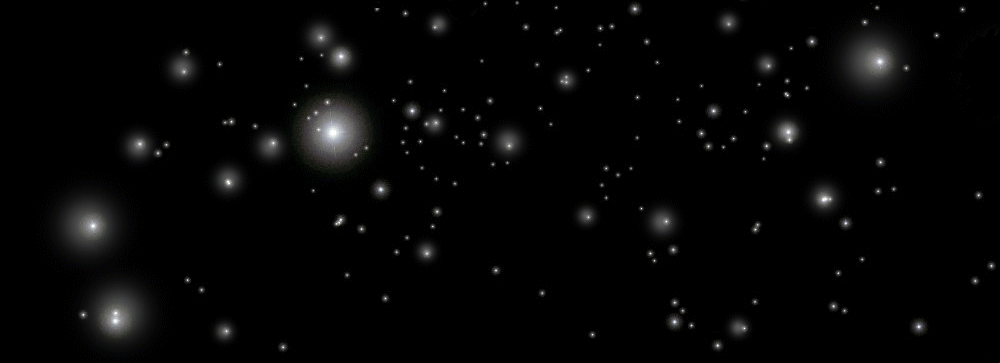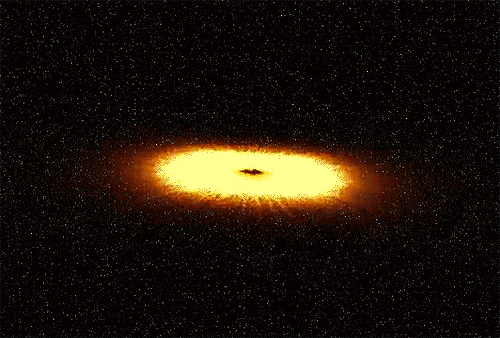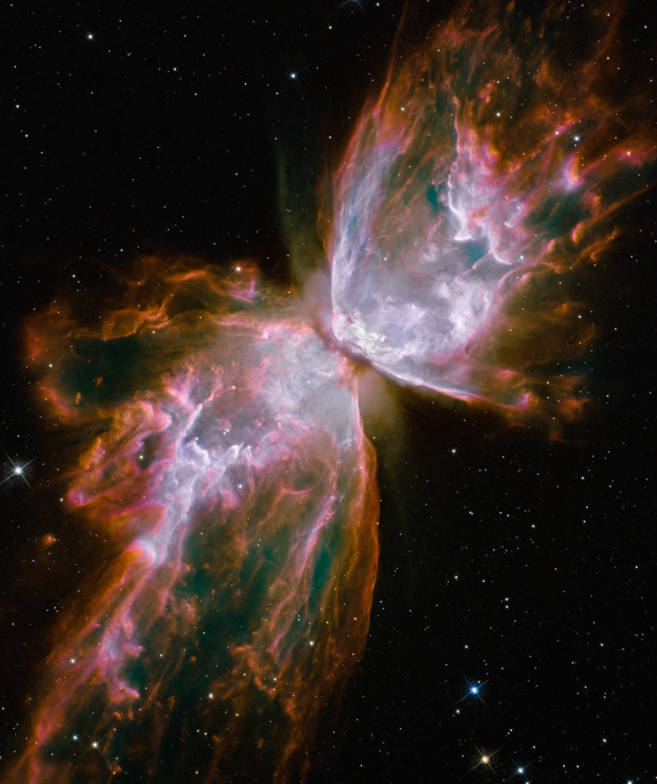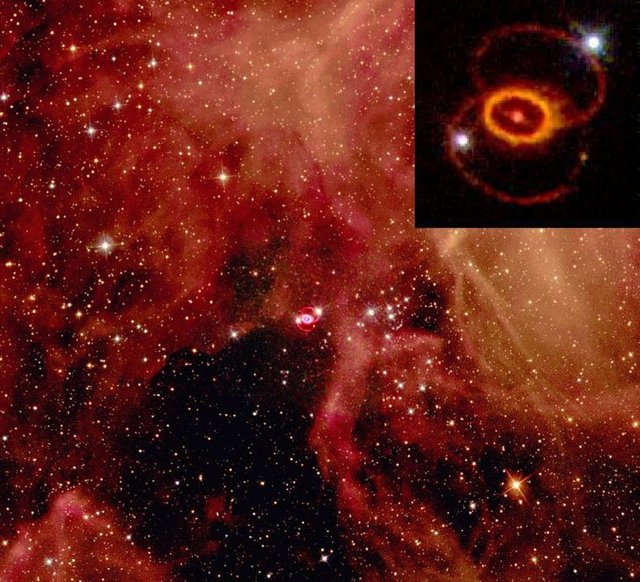The stars of the universe. [Start and end]
The stars.
the stars are composed of chemical elements present in the rest of the Universe; like nitrogen, iron or carbon. But its main component are hydrogen and helium. When it consumes all the hydrogen converted to helium, this star dies.

Cecilia Payne-Gaposchkin

Cecilia was the first person to get a PhD at Radcliffe University, part of Harvard University. That work was an authentic revolution in astronomy. She determined the stellar temperatures and chemical means of the stars using the ionization equation of the Indian physicist Megnad Saha. Thanks to that pioneer approach, he came to the conclusion that helium, and especially hydrogen, were the main components present in stars. This work, a pioneer in the development of stellar atmospheres, showed that hydrogen was the main compound that formed not only the stars, but the entire universe.
Cecilia Payne-Gaposchkin was born in Wendower, England, on May 10, 1900. Thanks to her academic skills, she received a scholarship to study at Newnham College, an institution belonging to the University of Cambridge. I have focused my studies in botany, physics and chemistry. The women suffered discrimination at that time, a reason that leads to harvard, to make their discoveries and become the best in their career.

How does a star die?
Most stars take millions of years to die. When a star runs out of hydrogen, the nucleus becomes entirely helium and the star declines: it becomes colder and brighter and then dies.


Then several things can happen, always depending on their mass. If the star is very large, you can use another fuel other than hydrogen. If not, it will begin to cool. These larger stars manage to use the helium of their nucleus as fuel, generating carbon and oxygen as waste. While this process lasts they are called red or supergiant giants, depending on their initial mass. If the star is huge, it will be able to raise the temperature of its core to one billion degrees and burn the carbon transforming it into silicon and sulfur. They are called blue supergiants.
Supernova
Then, a star dies is called a supernova. Very large stars explode in the later stages of their rapid evolution, as a result of a gravitational collapse. When the pressure created by the nuclear processes, it can no longer support the weight of the outer layers and the star explode.
The supernova 1987a was the first one that could be observed in 400 years and appeared at the beginning of 1987 in the Greater Cloud of Magallanes.

When this phenomenon finally occurs, all the matter of the star returns to interstellar space and will become a white dwarf.
Information sources:
https://www.esa.int/esaKIDSes/SEMCYRWJD1E_OurUniverse_0.html
http://perspectivas.com.mx/
http://www.astromia.com/universo/supernovas.htm
http://www.elmundo.es/ciencia/2015/07/09/559e5cbaca474159608b4583.html
https://www.vix.com/es/btg/curiosidades/3613/como-muere-una-estrella?utm_source=internal_link
https://www.vix.com/es/btg/curiosidades/3684/de-que-estan-hechas-las-estrellas